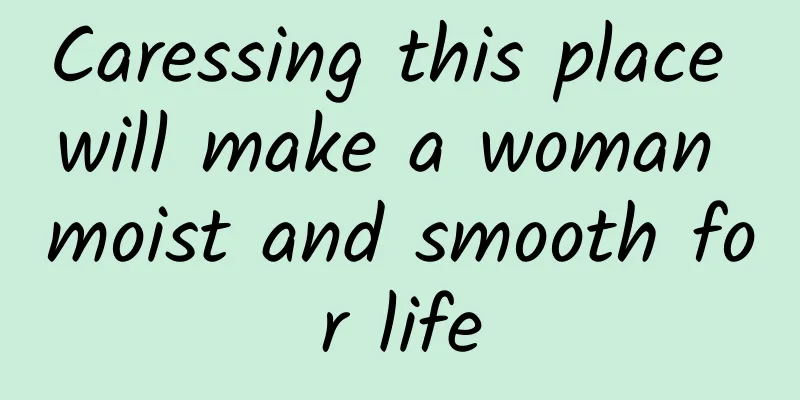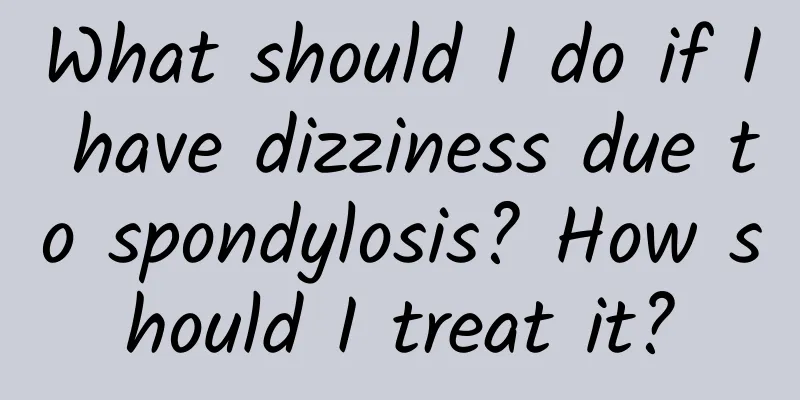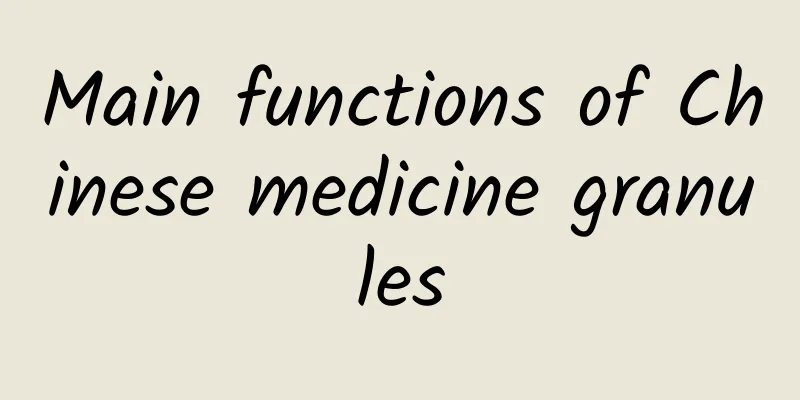What to do if you strain your Achilles tendon

|
In modern society, more and more people love sports, but many people ignore the risks involved in sports. Achilles tendon strain is a very common condition in sports. Many patients with Achilles tendon strain do not know how to deal with this physical injury, and do not know what to pay attention to when dealing with this situation. So, what should I do if I have an Achilles tendon strain? First, what should you do if you strain your Achilles tendon? Achilles tendon injuries are mostly open injuries, and occasionally closed injuries. Open injuries that are not treated promptly or improperly can cause infection. Achilles tendon infection is very difficult to treat and will seriously affect joint function. Symptoms: 1. After trauma, there are wounds on the Achilles tendon, depression at the rupture, and loss of plantar flexion function. 2. In closed injury, the integrity of the Achilles tendon can be felt to be lost, and there is tenderness and loss of plantar flexion function. Diagnostic basis: 1. There is a history of obvious trauma. 2. There are traumatic wounds, depressions at the Achilles tendon rupture, and loss of plantar flexion function. Treatment principles: 1. Regardless of open or closed injuries, early surgical treatment should be sought. 2. For old injuries, Achilles tendon reconstruction surgery is performed. Efficacy evaluation: 1. Cure: muscle strength is basically normal, and joint function is completely or basically restored. 2. Improvement: Muscle strength reaches level 3 or above, and joint function is basically restored. 3. Not healed: muscle strength does not reach level 3, or the Achilles tendon is shortened, and the lame joint function is limited. Expert Tip: Achilles tendon rupture, whether open or closed injury, should be treated early. Old injuries are difficult to treat and the results are not very good. If not handled properly and infected, treatment will be difficult, so you should go to the hospital as soon as possible to see an orthopedic doctor for timely treatment after the injury. Second, under normal circumstances, the muscle-tendon-bone complex is uniform in terms of force. During strenuous exercise, the position of the foot changes constantly, and the active muscle contraction lacks complete coordination, causing unbalanced force bearing and easily causing damage to the Achilles tendon, which is the weak link. When suddenly jumping off the ground or doing a somersault with the knee extended and weight-bearing, the Achilles tendon will be subjected to a force of more than 700 kg when the ankle joint is in the extreme dorsiflexion position (about 70°). Therefore, this type of force is an important factor that makes the Achilles tendon prone to rupture. In addition, although local glucocorticoid injections for Achilles tendonitis may reduce capillary dilation and exudative edema, they will aggravate ischemia due to the inhibition of capillary regeneration and compensation, which is also a factor leading to Achilles tendon injury. Therefore, sports-related Achilles tendon injury occurs on the basis of Achilles tendinopathy or degeneration, and trauma and accumulated strain are the main inducing factors. What should you do if you have an Achilles tendon strain? Early surgical treatment of sports-related Achilles tendon injuries is the key to restoring Achilles tendon function. Non-surgical treatment makes it difficult to achieve satisfactory alignment of the retracted broken ends. The defect is eventually connected by scars, which causes the Achilles tendon to be relatively lengthened, affecting functional recovery and increasing the incidence of Achilles tendon re-rupture. Therefore, for fresh Achilles tendon injuries, if there are no contraindications, immediate surgical repair is best. Although non-surgical treatment causes less pain to the injured, the regenerative repair capacity of autologous tendon tissue is limited. Non-surgical treatment cannot ensure close contact between the opposite ends of the severed tendon, and it often takes a long time for the new tissue filling the gap to be converted into tendon fibers. In addition, the treatment of Achilles tendon injury should avoid lengthening of the tendon, which is difficult to achieve with non-surgical treatment. Therefore, for most patients with sports-related Achilles tendon injuries, surgical treatment should be the preferred method. |
<<: What should I do if I sprain my hand?
>>: What to do if you have a hamstring strain?
Recommend
How many weeks in late pregnancy does fetal movement decrease?
Fetal movement is a normal physiological phenomen...
Can mulberry leaf tea lower blood sugar?
In life, drinking tea is a very good habit, and v...
How to treat nail fungus
Onychomycosis is a disease that can be transmitte...
What is the cause of the pain in the left side of the waist?
The waist is a part that we are very familiar wit...
What are the causes of loss of smell?
The nose is not only used for breathing, but also...
What causes teeth grinding in children? How to solve it?
Many parents will find that when their children r...
How to maintain health during the Beginning of Summer
During the Beginning of Summer, various health ca...
Oral ulcers on the second day after high risk
Oral ulcers are what people often call mouth sore...
How do cysts on the back of the hand form?
Although mobile phones have brought great conveni...
How to quickly eliminate chickenpox
Almost everyone will have chickenpox at some poin...
What to do if there is congestion after a head impact
A hit to the brain can cause great harm. The main...
Will the wound after stitches cause stuttering?
If the wound is relatively large, or surgery is r...
Man with horizontal lines on his palm
A palm with horizontal lines is also called a bro...
How to remove toxins from the body
Our bodies all have certain toxins, which are acc...
Effects of drinking tea with Ophiopogon japonicus and American ginseng
Drinking tea made from Ophiopogon japonicus and A...









